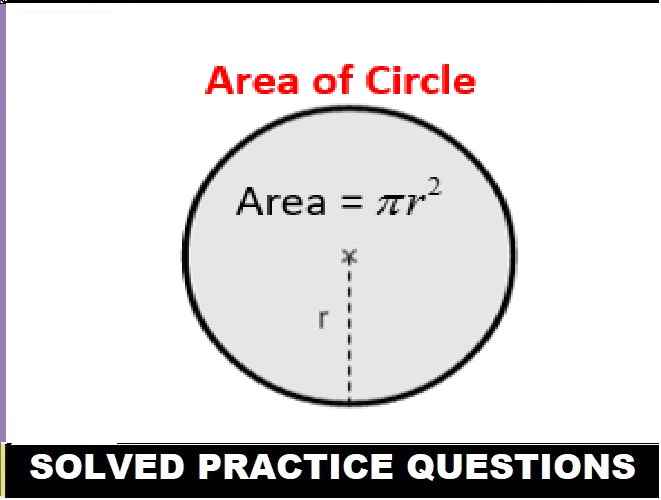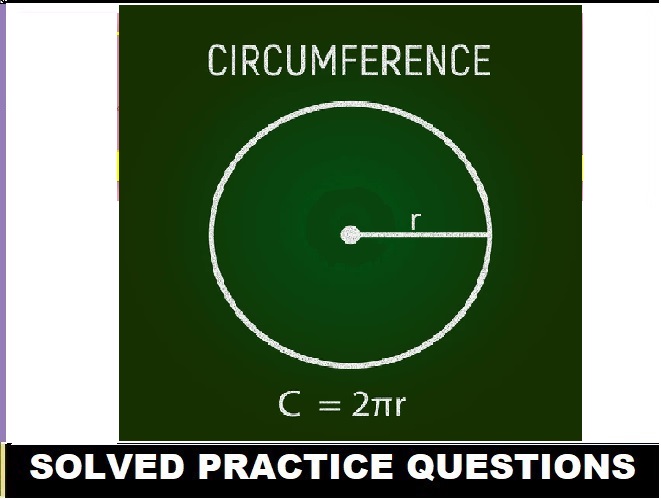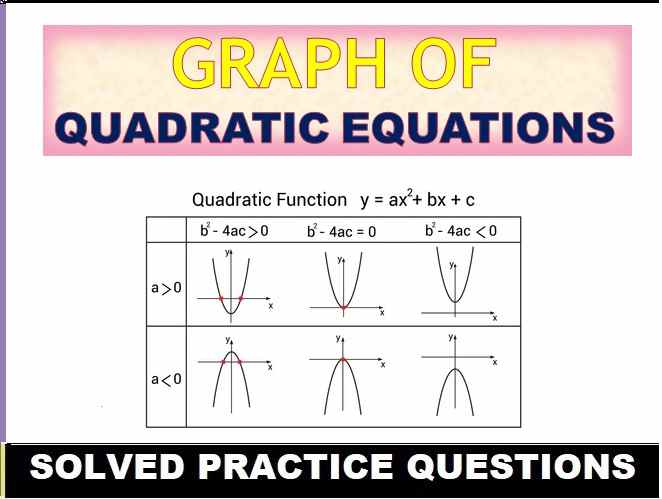Respiratory System MCQs Answer Biology Class-9 ICSE Selina Publishers Solutions Chapter-14. Step By Step ICSE Selina Concise Solutions of Chapter-14 Respiratory System with Exercise-14 including MCQs, Very Short Answer Type, Short Answer Type, Long Answer Type and Structured/Application Questions Solved . Visit official Website CISCE for detail information about ICSE Board Class-9.
Respiratory System Exe-14 MCQs Answer Biology Class-9 ICSE Concise Selina Publishers
| Board | ICSE |
| Publications | Selina Publication |
| Subject | Biology |
| Class | 9th |
| Chapter-14 | The Respiratory System |
| Book Name | Concise |
| Topics | Solution of A. MCQs Answer Type |
| Academic Session | 2023-2024 |
A. Multiple Choice Type
Respiratory System Class-9 Biology Concise Solutions
Page 155
Question 1. Choose the correct answer from the options given below:
(a) During inspiration, the diaphragm
(i) relaxes
(ii) contracts
(iii) expands
(iv) gets folded
Answer:
(ii) contracts
(b) The ultimate end parts of the respiratory system in humans are known as
(i) alveoli
(ii) bronchioles
(iii) tracheoles
(iv) bronchi
Answer:
(i) alveoli
(c) During respiration there is
(i) gain in dry weight
(ii) loss in dry weight
(iii) no change in dry weight
(iv) increase in the overall weight
Answer:
(ii) loss in dry weight
(d) The product of anaerobic respiration in animals is:
(i) Amino acids
(ii) Uric acid
(iii) Lactic acid
(iv) Ethanol
Answer:
(iii) Lactic acid
A. Multiple Choice Type
Respiratory System Class-9 Biology Concise Solutions
Page 156
(e) Anaerobic respiration in animals mostly occurs in:
(i) Cardiac muscles
(ii) Skeletal muscles
(iii) Both (i) and (ii)
(iv) Smooth muscles
Answer:
(ii) Skeletal muscles
(f) Which of the following is popularly called as Adam’s apple ?
(i) Larynx
(ii) Glottis
(iii) Pharynx
(iv) Epiglottis
Answer:
(i) Larynx
(g) The basic structural and functional unit of a lung is
(i) Capillaries
(ii) Alveolus
(iii) Bronchioles
(iv) Bronchi
Answer:
(ii) Alveolus
(h) The protective membranous covering of lung is:
(i) Capsule
(ii) Pericardium
(iii) Epithelium
(iv) Pleura
Answer:
(iv) Pleura
(i) The muscular sheet which separates the thoracic and abdominal chamber of the human body is:
(i) Peritoneum
(ii) Diaphragm
(iii) Parietal pleura
(iv) Visceral pleura
Answer:
(ii) Diaphragm
(j) Which of the following produces mucus in the respiratory passage?
(i) Ciliated cells
(ii) Air sacs
(iii) Goblet cells
(iv) Tertiary bronchi
Answer:
(iii) Goblet cells
— : End of The Respiratory System A. MCQs Answer Class-9 ICSE Biology Solutions :–
Return to Return to Concise Selina ICSE Biology Class-9
Thanks
Please share with your friends



There are a lot of wrong answers. Please make sure to check on it.